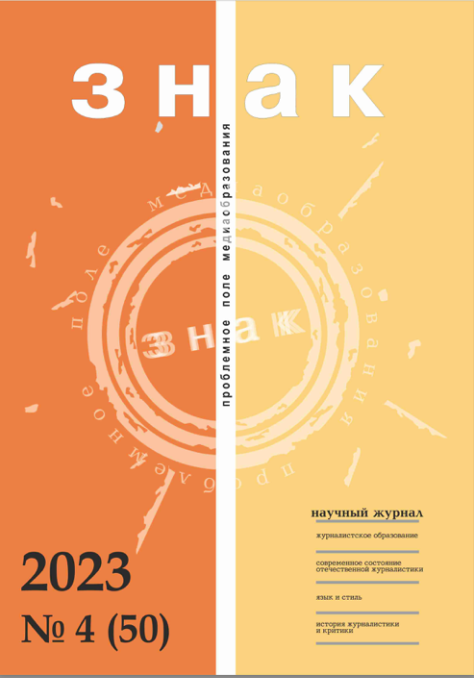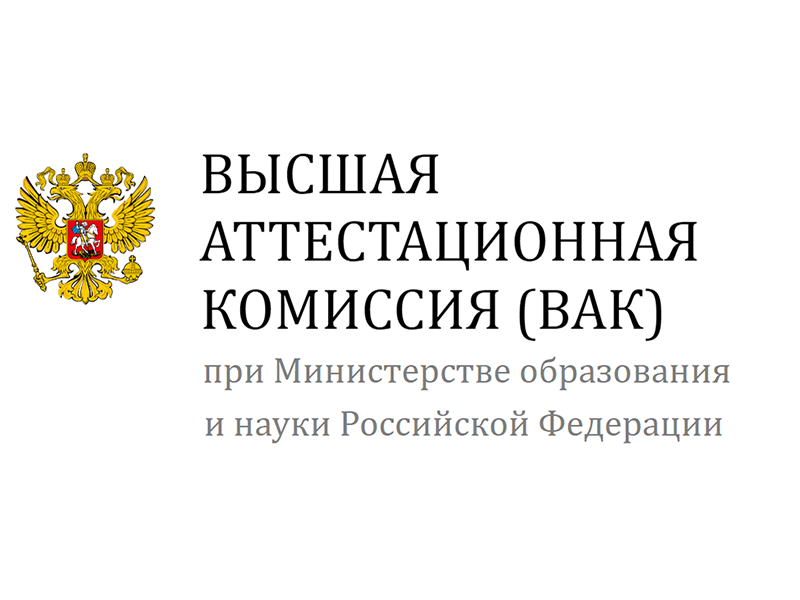Коммуникативные культурные практики освоения меморативных ландшафтов (на примере Аркаима)
DOI:
https://doi.org/10.47475/2070-0695-2023-50-4-85-88Ключевые слова:
меморативный ландшафт, идентичность, Аркаим, культурная память, обряды, практикиАннотация
В статье рассматриваются различные проявления типов идентичности, которые материализуются в меморативном ландшафте на примере Аркаима, археологического памятника на территории Челябинской области. Теоретической базой исследования стала «теория социальной идентичности». На материале насыщенных наблюдений и семи интервью с посетителями Аркаима делается вывод о том, через какие объекты идентичность находит отражение в меморативном ландшафте. Ими становятся, например, вершины сопок и каменные плиты. Ритуалы, которые проводят посетители Аркаима, как правило, связаны с религией или же находят исток в исторически сложившихся народных традициях. Причем, такие ритуалы являются традиционными для тех народов, многие поколения которых проживают на Урале (где и расположен сам археологический памятник Аркаим). Итогом исследования становится вывод о том, что на Аркаиме люди чаще всего стремятся не найти новые практики и обряды, а повторить уже знакомые им. Цель таких посетителей – в первую очередь добиться исполнения какого-либо желания. Мотивацией же обратиться за их исполнением именно к природному ландшафту исследователи считают поиск и обретение собственной идентичности. Достичь этого можно как раз при проведении обрядов и ритуалов на объектах ландшафта памятника Аркаим.
Благодарности: Исследование выполнено за счет гранта Российского научного фонда (совместно с органами власти Челябинской области) No 23-18-20098, https://rscf.ru/project/23-18-20098, проект «Материализованная идентичность: конструирование памяти в социально-экономической перспективе (на примере археологического памятника Аркаим)».
Библиографические ссылки
Blagorodova, E. A. (2020). Kulturnaya pamyat’: politika identichnosti i formirovanie identichnosti zhertvy [Cultural memory: identity politics and the formation of victim identity]. Kul’tura i civilizatsiya, 2 (2), 125–132. (in Russ.).
Baryshnikov, A. B. & Koshel’nik, E. I. (2014). Mesta sily [Places of power]. Novye issledovaniya v razrabotke tekhniki i tekhnologiy, 2, 46–51. (in Russ.).
Vandyshev, M. N., Veselkova, N. V. & Pryamikova, E. V. (2022). Memorativniy landshaft: kontseptsiya i opyt primeneniya [Memorial landscape: concept and application experience]. Sotsiologiya vlasti, 1, 69–90. (in Russ.).
Veselkova, N. V. (2022). Memorativniy landshaft: opyt metodologicheskoy refleksii [Memorative landscape: experience of methodological reflection]. Memorativnie landshafty malykh gorodov Rossii i Pol’shi. Ekaterinburg: Izdatel’stvo Ural’skogo universiteta, 50–61. (in Russ.).
Zagidullina, M. V. (2023). K probleme metodov issledovaniya memorativnykh landshaftov kak mest konstruirovaniya kul’turno- istoricheskoy pamyati [On the problem of research methods for memorial landscapes as places for constructing cultural and historical memory]. Medialingvistika, Sankt-Peterburg, 510–514. (in Russ.).
Zagidullina, M. V. (2018). Posttravmaticheskaya refleksiya i social’naya samoterapiya: otvet na vyzov ritoriki “dukhovnogo krizisa” (labirint Shartra i spiral’Arkaima) [Post-traumatic reflection and social self-therapy: a response to the challenge of the rhetoric of “spiritual crisis” (the labyrinth of Chartres and the spiral of Arkaim)]. Novoe literaturnoe obozrenie, 1 (149), 318–332. (in Russ.).
Lents, G. T. (2008). K voprosu o svytilishchakh s kamnyami [On the issue of sanctuaries with stones]. Trudy Kamskoy arkheologo- etnogrficheskoy ekspeditsii, 5, 173–178. (in Russ.).
Pimenova, O. I. (2009). Sootnoshenie ponyatiy “social’naya identichnost’” i “social’naya identifikaciya” [The relationship between the concepts of “social identity” and “social identification”]. Kul’tura, lichnost’, obshchestvo v sovremennom mire: metodologiya, opyt empiricheskogo issledovaniya, 1, 90–92. (in Russ.).
Silina, V. E. (2011). Sovremennye relgioznye dvizheniya na territory zapovednika “Arkaim”: osobennosti organizatsii i deyatel’nosti [Modern religious movements on the territory of the Arkaim nature reserve: features of organization and activities]. Chelyabinsk. (in Russ.).
Ugaev, M. A. (2004). Virtual’niy mir neoyazychnikov [Virtual world of neo-pagans]. Stepi i lesostepi Zaurl’ya: materialy k issledovaniyam. Chelyabinsk, Krokus, 176–187.(in Russ.).
Tajfel, H. & Turner, J. C. (2004). The Social identity theory of intergroup behavior. Political psychology: Key readings. 276–293.
Загрузки
Опубликован
Как цитировать
Выпуск
Раздел
Лицензия
Copyright (c) 2023 Знак: проблемное поле медиаобразования

Это произведение доступно по лицензии Creative Commons «Attribution-NonCommercial-NoDerivatives» («Атрибуция — Некоммерческое использование — Без производных произведений») 4.0 Всемирная.




